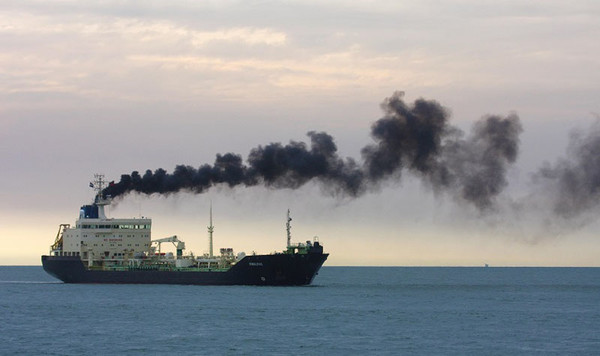With the implementation of the Marpol 73/17, Annex VI, the shipping industry must reduce its emissions which include sulphur oxides (SOx), nitrogen oxides (NOx) and particulates. The emissions resulting from the use of marine gas oil and heavy fuels are known to be harmful to human health and the environment, contributing to acid rain, smog and eutrophication. Furthermore, NOx in the atmosphere adds to global warming which is enough of a reason to endeavour to reduce these emissions.
The Annex is applicable to all diesel engines with a rated output of 130 Kw and over, installed on ships constructed on or after 1 January 2000. Therefore, once the Annex is fully ratified, practically all engines installed on ships, with the exception of emergency generators, have to meet these requirements. NOx is formed during the combustion process within the burning of fuel spray. It was found that the higher the temperature and the longer the residence time at high temperature, the more NOx forms. The source of nitrogen (N) is primarily the combustion air and secondarily the N present in the fuel itself.
It seems obvious that the NOx emissions can be reduced by lowering the peak combustion temperatures. Unfortunately lowering the combustion temperature will increase the formation of other pollutants such as particulates. Furthermore, engine efficiency is reduced, which will result in extra fuel consumption and thus extra emissions. Therefore, the most suitable measures are about balancing combustion efficiency and finding an acceptable level of all pollutants combined.
For more information please click here.
The reduction of NOx emissions can be found in three different methods and combinations thereof:
- Pre-treatment
- Primary treatment
- Post treatment – external measures
The pre-treatment focuses on the fuel quality and treatment before the fuel is fired. The most basic method is using a fuel with a low N content.
The primary treatment includes internal measures. The most important one is the recirculation of exhaust gas (EGR) in the combustion air and the use of water, either by direct injection (DWI) in the combustion chamber or by using fuel-water emulsions (FEW). These measures are designed to reduce the combustion temperature. Furthermore, the control of the fuel injection can have significant effects.
The post treatment targets the removal of NOx from the exhaust gasses before they leave the funnel. These systems are based on catalytic reduction (SCR).
The primary treatment options are particularly challenging to the engine. The methods to reduce the combustion temperature could cause less optimal engine performance, smoke formations and fouling of the engine. The use of fuel-water emulsions causes increased mechanical stress to the fuel injection system due to the higher pressures. Also, corrosion on the inside of the system could be a problem.
Engine builders have had ample time to design and develop NOx emission reducing equipment. Already worldwide many ships are fitted with the equipment and the experiences have, in general, been positive. Still the required equipment will be challenging to the engineers on board, both from an operational as well as a maintenance perspective.

R.M. (Ruurd) Simonides, Marine Senior Surveyor, Verweij Hoebee Group, IUMI Professional Partner
